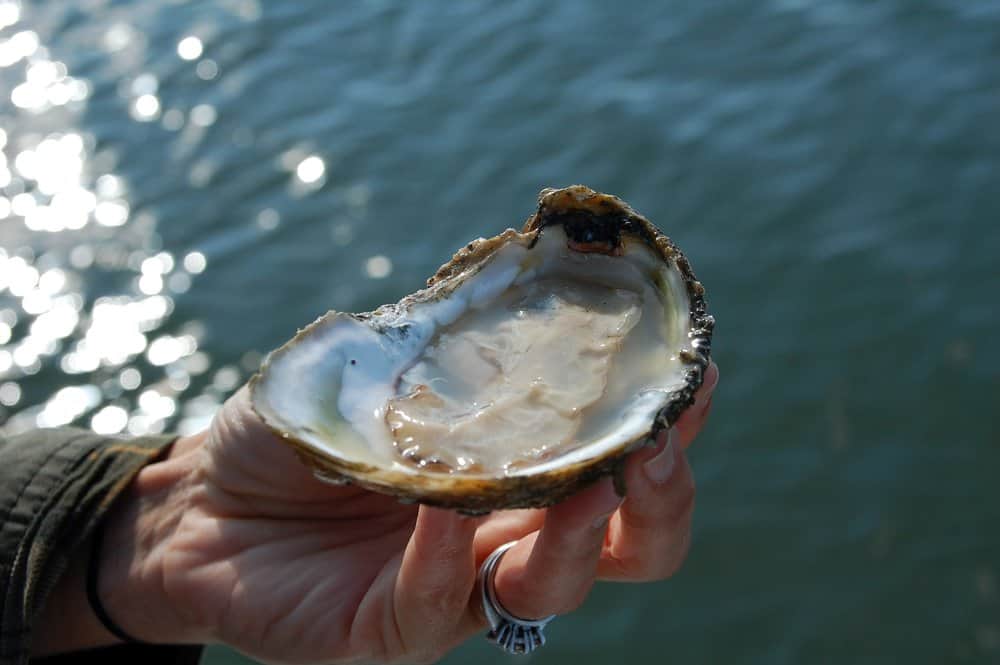A new study of the Harris Creek oyster sanctuary finds that the oysters on the reef are filtering all of the water in the creek every ten days.
It’s the first time scientists have been able to use a new web-based computer model to estimate water filtration and nutrient removal from Harris Creek, off of the Choptank River.

The Virginia Institute of Marine Science (VIMS) and University of Maryland Center for Environmental Science (UMCES) study shows that the restored reefs in Harris Creek have the potential to remove one million pounds of nitrogen from the Chesapeake Bay over a decade. During the summer months, the reefs allow the entire volume of Harris Creek to be filtered in ten days. And it’s not just the oysters who are doing the filtering. Mussels and marine tunicates (better-known as “sea squirts”) that live on the reefs filter more than 40% of the total load.
The study was funded by The Nature Conservancy, the Oyster Recovery Partnership and the National Oceanic and Atmospheric Association (NOAA).
“NOAA has long supported not only restoring oysters, but also understanding the ecological
impact of that restoration,” said NOAA’s Stephanie Westby. “Studies such as these are critical
for quantifying that impact.”
The Harris Creek Model computes how water masses, nutrients, and particles move through a tidal waterway, coupled with how oysters filter water, algae, solids, and nutrients, and recycle them back into the Bay.
The reef in Harris Creek is the result of a restoration effort completed by a coalition of partners
in 2015 that saw over two billion oysters planted across 350 acres, an area roughly the size of the National Mall.
The creators of the model at VIMS and UMCES say it’s available online for anyone to use, and it could be easily applied to other oyster reefs around the Bay and Eastern Shore.
-Meg Walburn Viviano




